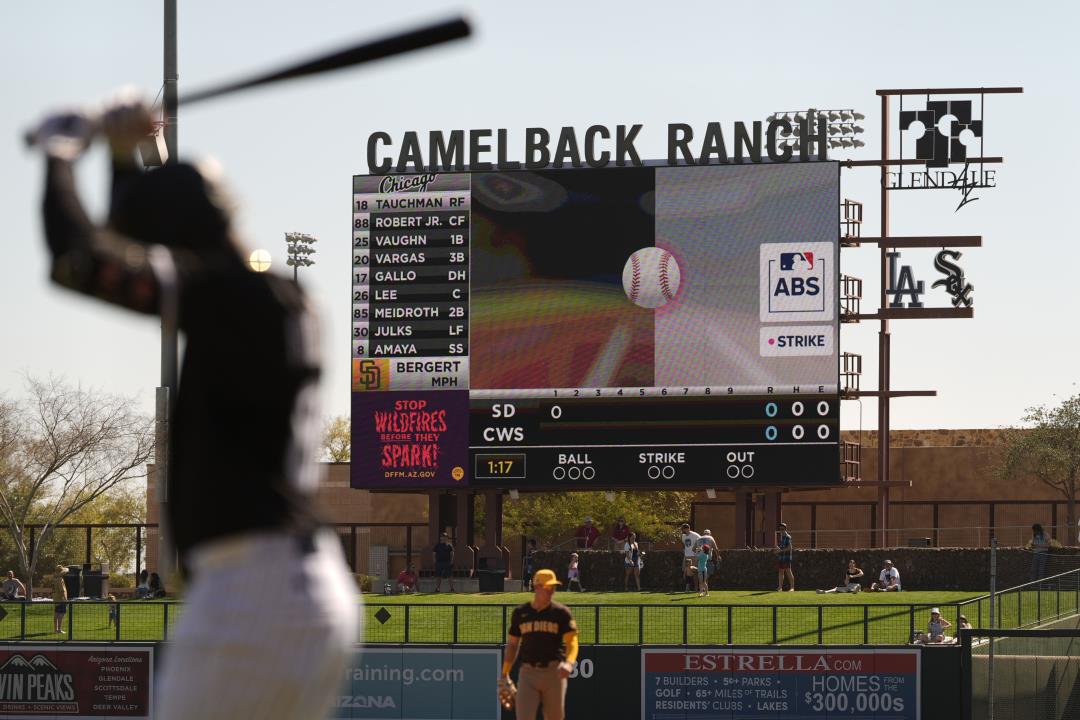Major League Baseball plans to use its robot umpire technology for ball-strike challenges in Tuesday's All-Star Game at Atlanta, another step toward possible regular-season use next season. Versions of the system have existed for years without becoming a regu…
Why it matters
- The implementation of robot umpire technology represents a significant shift in how baseball officiates games, potentially improving accuracy in ball-strike calls.
- This initiative may pave the way for broader adoption of automated systems in Major League Baseball, influencing the dynamics of gameplay and strategy.
- Players and teams will have the opportunity to challenge calls, increasing engagement and ensuring fairness in high-stakes situations.
In a groundbreaking move, Major League Baseball (MLB) is set to incorporate its robot umpire technology for ball-strike challenges during the All-Star Game scheduled for Tuesday in Atlanta. This decision marks a pivotal moment for the sport as it explores innovative ways to augment the officiating process, potentially leading to regular-season applications in the upcoming season.
The automated ball-strike system, known as the Automated Strike Zone (ASZ), has been under development for several years. While various iterations have been tested in minor leagues, this All-Star Game will be the first time it is utilized in a high-profile setting, showcasing its capabilities to a national audience. The integration of such technology aims to enhance the accuracy of officiating, a critical component in a game where every call can significantly influence the outcome.
Currently, the ASZ operates using a combination of advanced computer vision and radar technology to track the trajectory of pitched balls, determining whether they cross the plate within the strike zone. The system offers real-time feedback to umpires, who can then make informed decisions based on the data provided. For the All-Star Game, players will have the ability to challenge certain calls, allowing them to engage directly with the technology to rectify any questionable decisions made by human umpires.
This development comes amid ongoing debates about the effectiveness of human officiating in baseball. Critics have long pointed out that inconsistent ball-strike calls can lead to frustration among players and fans alike, diminishing the integrity of the game. By introducing robot umpires, MLB hopes to mitigate these issues, providing a more standardized approach to officiating that could ultimately enhance the fan experience.
The decision to experiment with robot umpires during the All-Star Game was met with mixed reactions from players and coaches. Some expressed enthusiasm about the potential for more accurate calls, which could lead to fairer gameplay. Others, however, voiced concerns over the dehumanization of the sport and the potential loss of the traditional elements that define baseball.
Despite these concerns, MLB officials remain optimistic about the future of the ASZ. They believe that the implementation of technology can coexist with the human elements of the game, allowing umpires to focus on other crucial aspects of officiating while technology assists in making specific calls. This hybrid model could serve as a pathway to a more balanced approach to officiating, where human judgment and technological support work in tandem.
As the All-Star Game approaches, MLB continues to gather data and feedback from players, umpires, and fans regarding the robot umpire system. The results from this experimental phase may significantly shape the league's policies moving forward, especially as it seeks to modernize the game and attract a younger audience that is accustomed to technology-driven experiences.
In conclusion, the All-Star Game represents more than just a showcase of talent; it is a testbed for innovation within baseball. The introduction of robot umpires for ball-strike challenges could redefine how the game is played and officiated, setting a precedent for the future of Major League Baseball. As this technology evolves, it will be interesting to see how it influences player strategies, fan engagement, and the overall culture of the sport.











